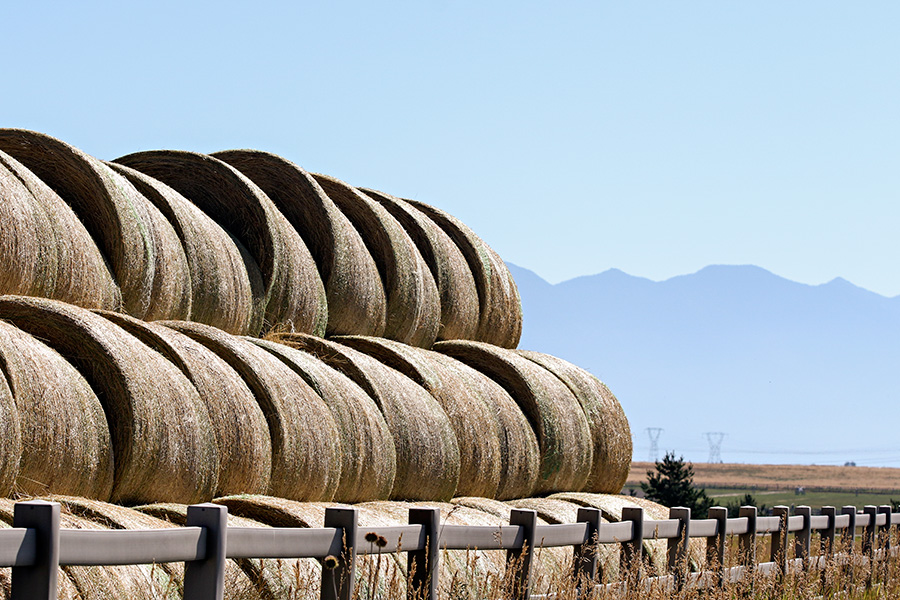Tryg Koch of Heritage Custom Farms in the Lower Valley didn’t start harvesting his wheat fields until this week, but he already knew a couple things about the upcoming harvest.
First, anyone who got his or her crops in the ground between April and May is looking to have a pretty nice year. Second, the first cutting of hay has already come and gone, but it’s looking like a good season for those bales regardless, with the extreme drought in Eastern Montana largely wiping out feed supplies.
It’s a major difference from two summers ago, when ranchers in the Flathead had to truck in hay for their livestock due to drought, but Koch isn’t necessarily thrilled to be on the winning side of the equation this year.
“For us in the Flathead, it shouldn’t be very difficult getting rid of hay and we should get a lot better price than we had last year,” Koch said. “It’s just unfortunate that one farmer has to have something bad happen in order for someone else to have something good.”
The eastern side of the state has dried out so thoroughly that Gov. Steve Bullock’s office has issued an executive order declaring a drought disaster in 28 counties and on five reservations. As of July 10, non-farm businesses in 16 Montana counties were eligible to apply for low-interest federal disaster loans from the U.S. Small Business Administration.
Raging wildfires on the eastern side of the state have also affected agriculture; on July 29, Interior Sec. Ryan Zinke opened up the Charles M. Russell National Wildlife Refuge for emergency grazing relief, with allotments made immediately available for ranchers who lost grazing land in the Lodgepole Complex fires.
Montana Department of Agriculture Director Ben Thomas said drought has driven some producers to use crops as feed.
“The drought has certainly had a major impact on the area, and the producers that I’ve visited felt that yields would be much lower than in years past, and that’s if there’s actually anything to harvest,” Thomas said. “The drought has also severely affected livestock producers and really constrained feed supplies in the area. Many producers in the area have cut their crops for feed, which shows you just how tough things are in that area right now.”
But Thomas echoed Koch’s statements in that the struggles out east could be a boon for farmers in Northwest Montana, especially where hay is concerned.
“Just in terms of hay production, it’s been a good year for Northwest Montana,” Thomas said. “Add to that the severe need for hay in Eastern Montana, and there is a good market for producers in Northwest Montana looking to sell hay.”
“Certainly with the need for feed in Eastern Montana, both from the drought and fires,” he added, “you’ll likely see some pretty high hay prices.”
Montana has set up its “Hay Hotline” as a resource for those looking to buy, sell or donate hay or forage or pasture. Thomas said the name “hotline” is slightly misleading, as it’s more of a “Craigslist for hay.”
The first cutting of hay in the Flathead went well, though farmers working on non-irrigated fields may have trouble with the next cut given the generally arid conditions in this corner of the state in June and July.
The National Weather Service’s climate reports show little to no precipitation through July, though the beginning of June showed some rain. Still, non-irrigators might face an uphill battle for a second cutting, Koch said.
“The hay crops, the first cutting is really good; second cutting is going to be pretty poor unless you’ve got irrigation,” he said. “There just wasn’t enough rain.”
Otherwise, Koch said his wheat crop is looking strong, and has spoken with other farmers who had already harvested a few yellow peas and some wheat.
“The winter crops, the winter wheat crop, looks good for the most part,” Koch said. “It’s in pretty good shape.”
